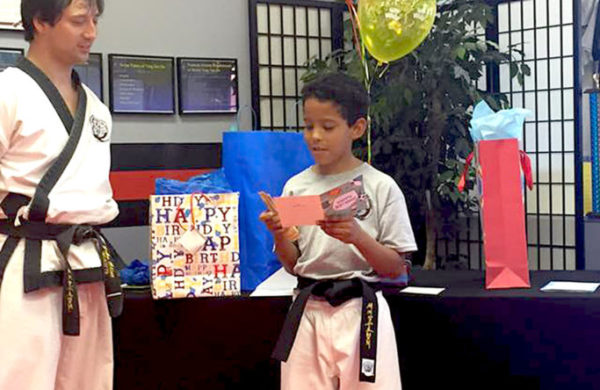About
What is Tang Soo Do?
The very first evidence of this ancient form of Korean martial arts appeared during the Three Kingdom era (57 BC-935 AD) as Hwa Rang Do. Since then, 2,000 years have passed. The indigenous martial arts quietly developed through generations of the Korean people. During some eras it flourished and other times it diminished, according to the political, economic or cultural environment.
The art was known by various names throughout the eras as Hwa Rang Do, Moo Sul, Kyuck Too Ki, Soo Bahk Ki, Soo Byuck Ki, Taek Kyun etc. respectively. Following 1945 Korean independence, the Korean martial arts were again merged and flourished throughout the entire Korean Peninsula. Many organizations were founded with various names such as Soo Bahk Do, World Tang Soo DoTang Soo Do, Tae Soo Do and so on. At the beginning of the modern era of the Korean martial arts, Tang Soo Do was the most popular term for these arts, however, at that time, the Korean political leader was concerned about establishing Korean value based on Korean nationalism.

The political leaders recognized the popularity of Korean martial arts around the world, but were opposed to the use of the name Tang Soo Do for the art, as it sounded like a Chinese martial art, because the first word "Tang" could be interpreted as representing the Chinese Tang Dynasty
(617-907 AD). In 1964, a government sponsored small group created a new name for the Korean martial arts: Tae Kwon Do. The World Tang Soo Do Association still respects the original term, Tang Soo Do, and intends to preserve its heritage and value as a traditional way or path.
Unfortunately, many Tae Kwon Do instructors did not maintain the traditional values of the true martial arts. Instead, they converted to a sport as they have progressed to the internationally recognized sports arenas such as the Olympic games. This was considered to be a great political achievement, to bring strength and prominence to the Korean government in International politics. True Martial Arts lovers had no place within these Tae Kwon Do dojangs to continue to pursue traditional martial arts because they abandoned many valuable aspects of true Martial Arts to become a simple competitive sport. We, as World Tang Soo Do practitioners are striving to maintain traditional values of respect, dicipline, self control, self improvement, etiquette and ultimately live a healthy and harmonious life, physically and mentally.
In 1968 Master Jae Chul Shin came to the United States of America as the U. S. representative for the Korean Tang Soo Do Association. He formed the U. S. Tang Soo Do Federation in Burlington, New Jersey in 1968. This traditional Korean Martial Art was quickly accepted and soon grew in popularity throughout the World. The organization reformed to fit new demands internationally, and on November
13 and 14th, 1982, a charter convention of the World Tang Soo Do Association was held in Philadelphia, PA., USA. With the advent of the World Tang Soo Do Association, Tang Soo Do began a new era of development as a traditional martial art.
As of 1996, the new organization has grown at an outstanding rate to reach over 100,000 members in 36 countries and thousands of students are training in the following countries; Argentina, Australia, Belgium, Brazil, Bolivia, Bulgaria, Canada, China, Chile, Columbia, Costa Rica, Czechoslovakia, England, Germany, Greece, Guam, Holland, India, Italy, Korea, Mozambique, Mexico, Pakistan, Peru, Philippines, Poland, Puerto Rico, Rumania, Russia, Scotland, Seychelles, South Africa, Saudi Arabia, Sweden, Uruguay and the U.S.A. For the purpose of guidance and regional management, there are 18 regions. The regional directory is available at the World Tang Soo Do Website.
Program
Our Programs
Tiny Tigers (3-4)
Tue & Thu 6:30-7:00 pm
Teaches them about respect, discipline, and other core values that will go with them beyond the studio.
Little Dragons (5-6)
Tue & Thu 7:00-7:30 pm
Give Your Kids the Lifelong Gifts of Personal Success, Confidence, Discipline and Respect
Karate Kids (7-12)
Mon & Wed 6:15 - 7:00pm | Tue & Thu 7:30 - 8:15pm
Concentrates on self-discipline, self-defense and self-improvement. Our Kids program will provide an opportunity for your child to possess the powers of a successful life.
Teen & Adult Karate
Mon & Wed 8:00 - 9:00pm | Tue & Thu 8:15 - 9:15pm
Provides a comprehensive workout for individuals interested in learning the martial arts and enriching every part of his or her life.
Birthday Parties
Call To Schedule Your Birthday Party
Provides a super-fun, supervised, structured party for your child. These parties include fun and games, as well as martial arts instruction.






